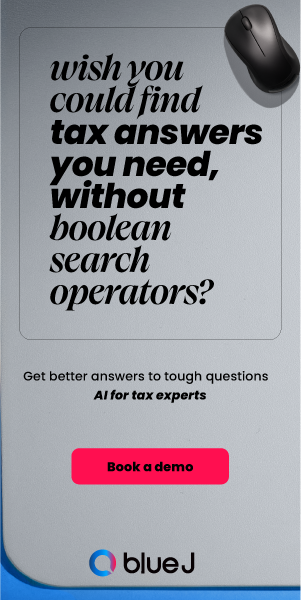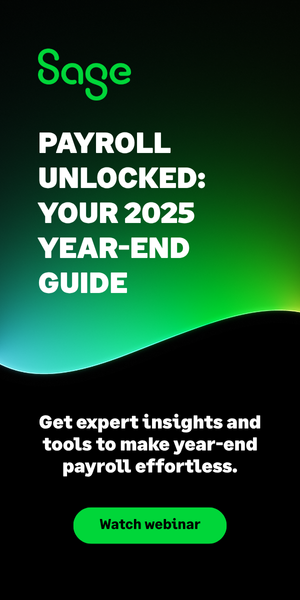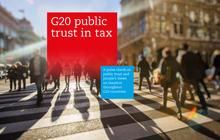Practitioners angered by hasty CRA notice of assessments

Accounting practitioners have long complained that the wheels of the CRA move too slowly. But in the case of NOAs, they're moving too fast
OTTAWA – Accounting practitioners have long complained that the wheels of the Canada Revenue Agency (CRA) move too slowly. But today, there is a growing concern that the CRA’s Notice of Assessment (NOA) to taxpayers is being issued too fast, and out of order — before all tax payments can be properly registered, causing grief to both taxpayers and the practitioners who serve them.
“It’s creating anxiety for our clients,” says Dawn McGeachy, FCPA, FCGA, a principal with Colby McGeachy Professional Corporation in Almonte, Ont., who adds that some of the firm’s clients who receive such notices end up repaying CRA taxation that has already been remunerated.
“They pay, then they get a notice, then they pay again. I see this acutely with seniors, because they’re so afraid of being in trouble with CRA, and their memories might not be that solid,” she explains.
Taxpayers who overpay the CRA also suffer a financial loss when they pay more than they owe because they lose the opportunity to invest funds they are not in possession of, McGeachy stresses.
The clients of Larry Hemeryck, CPA, CGA, an accounting practitioner in Simcoe, Ont., have also been adversely affected, particularly this tax season.
“We’re going online and finding out that the balance owing in their account is zero, but their Notice of Assessment doesn’t reflect that. It still states that there is an amount owing. We always tell [clients] ‘before you pay anything give us a shout first to make sure it’s legit, and make sure it hasn’t been paid already.’ [But] a couple have called in after they made the payment, and said ‘we’ve paid it again just to make sure,’” says Hemeryck.
Consequences of e-filing?
McGeachy notes that the NOA listing of tax owing but already paid has been a particular concern of hers over the past couple of years. She believes it is linked to an increase in the electronic filing of returns now that all practitioners who prepare more than ten tax returns must e-file all returns.
Because CRA isn’t dealing with all of these paper returns, the Agency is printing out the NOAs so quickly, including Express NOAs in a day or two, before the amounts owing and received are recorded, so those amounts stay on the system and interest starts to accumulate, she speculates.
“Why can’t CRA just wait a couple of weeks, and then issue it, and save all this hassle?” McGeachy asks.
Accounting firms are also inconvenienced. “I end up with countless phone calls or emails,” says McGeachy. “I have to respond. I have to go into the ‘Represent a Client’ [website and], look up the client’s social insurance number. All of this, even at blistering speed, probably takes me 20 minutes per client. And I could have dozens of those,” she says.
Colleen Gibb, FCPA, FCA, the founder of Gibb Widdis Chartered Accountants Professional Corporation in Ancaster, Ont., says the collective time required for her staff to follow up to ensure a client’s payment has been received is staggering, and it is also unproductive.
“I have no one to bill for it, because how do I send the client a bill [stating] ‘here’s $50 you owe us for checking that you don’t owe anything?’” she asks.
CRA customer service
Hemeryck says the CRA is often so busy that it is common to be on the phone for a half hour waiting for someone to come on line.
“It’s tying up the system. We have other stuff to do. We don’t need to be chasing CRA to post cheques into the current year.
“I think the problem is the posting of the cheques of the clients from the taxpayers. When they submit it takes a long time for the CRA to post. They cash them immediately but they don’t post them to the client’s account. CRA has to be more responsible for depositing those cheques to the accounts as soon as they get them,” he stresses.
Another problem for practitioners when their clients discover that CRA is listing an amount owing already paid is that their suspicion often turns to the practitioner as the source of that error.
“Clients believe that we don’t know what we’re doing,” says Hemeryck. “In some cases, we’re losing some of the respect we’ve built up over the years.”
Gibb also sees that in her practice. “Everyone assumes it’s my mistake. [They say] ‘What happened? You didn’t send that payment in? Did you do something wrong? Why do I owe?’”
Gibb’s clients are reassured that their payment has been received and that the NOAs were issued before that information could be registered but she wonders about other taxpayers whose fears might not be assuaged.
“I worry about a lot of seniors out there that don’t have an accountant that have done their return on their own. They see they owe [say] another $5,000, and send that in, even though they’ve already paid it.
“I wonder how often that happens,” she says.
Jeff Buckstein, CPA, CGA, is an Ottawa-based business journalist. Image licensed: iStock.










(0) Comments